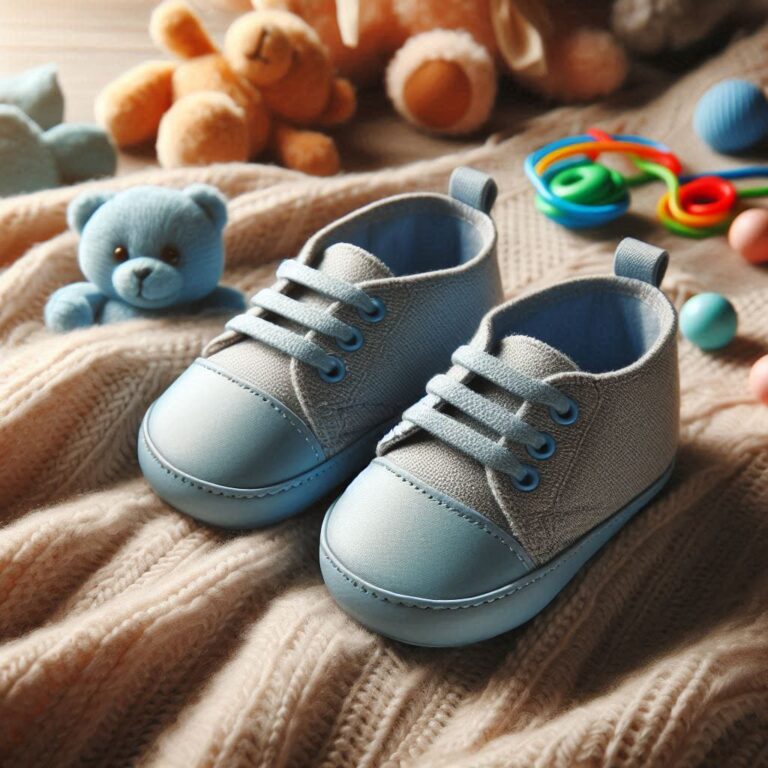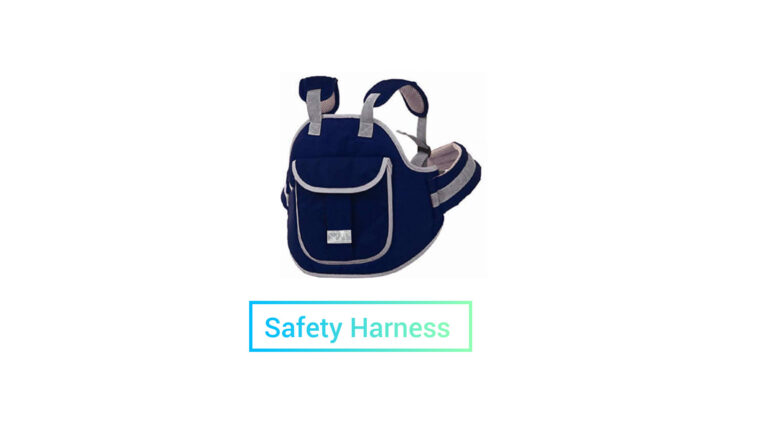A baby walker is a popular baby gear designed to help infants develop their motor skills and explore their surroundings. Parents often choose baby walkers to encourage mobility and strengthen their little one’s legs. However, choosing the right walker requires understanding its benefits, safety precautions, and features. In this comprehensive guide, we will discuss everything you need to know about baby walkers, including their advantages and essential safety measures.

Benefits of Using a Baby Walker
1. Encourages Mobility and Independence
Baby walkers allow infants to move around independently before they learn to walk. They provide the support babies need to explore their environment safely.
2. Enhances Muscle Development
Using a walker helps strengthen a baby’s leg muscles, improving coordination and balance, which are essential for walking.
3. Engages and Entertains
Many baby walkers come with built-in toys, music, and lights that stimulate a baby’s senses and keep them entertained for extended periods.
4. Supports Cognitive Development
Interactive features such as buttons, rattles, and colorful designs help develop cognitive skills, hand-eye coordination, and problem-solving abilities.
Essential Safety Tips for Using a Baby Walker
While baby walkers offer numerous benefits, improper use can pose safety risks. Here are key safety guidelines to follow:
1. Choose a Sturdy, Safe Walker
Opt for a walker with a wide base to prevent tipping. Models with safety locks and adjustable height settings ensure better stability.
2. Supervise Your Baby at All Times
Never leave a baby unattended in a walker. Constant supervision helps prevent accidents and ensures a safe experience.
3. Use in a Hazard-Free Area
Keep the walker away from stairs, sharp objects, and uneven surfaces. Baby-proofing your home reduces potential risks.
4. Limit Walker Time
Excessive use of a walker may delay natural walking development. Limit usage to short periods while encouraging other movement activities.
5. Consider Alternative Walking Aids
Push walkers or activity tables can be safer alternatives to traditional sit-in walkers, as they provide support without restricting movement.
Features to Look for in a Baby Walker
When selecting the perfect baby walker, consider the following features:
1. Adjustable Height Settings
A height-adjustable walker ensures that your baby’s feet touch the ground comfortably, promoting proper posture.
2. Safety Brakes and Anti-Skid Pads
A walker with safety stoppers or anti-slip grips helps prevent falls, especially near doorways and staircases.
3. Comfortable Seat with Padding
A well-padded, removable, and washable seat ensures your baby stays comfortable and hygienic.
4. Interactive Play Tray
Toys, lights, and musical features keep babies engaged and support sensory development.
5. Foldable and Portable Design
A compact and foldable walker makes storage and travel convenient for parents on the go.
Conclusion
Baby walkers can be a valuable tool for aiding mobility and development when used correctly. Selecting a high-quality, safety-certified walker and following essential precautions ensures a fun and secure experience for your baby. Consider your child’s needs and prioritize safety features to make an informed choice. With the right walker, your little one can enjoy a joyful and interactive learning journey.



